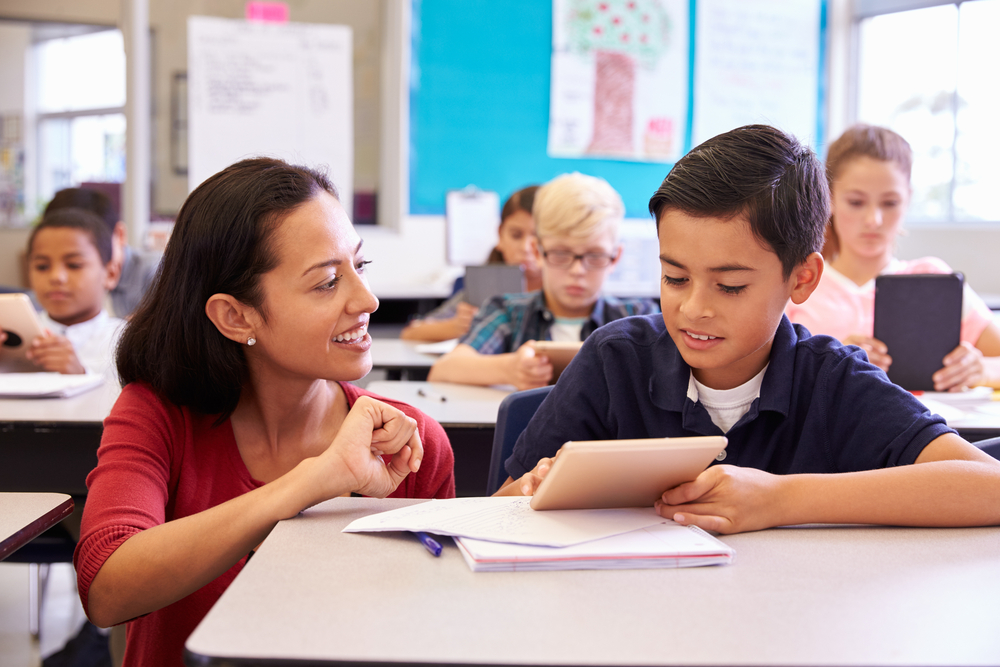Next Gen Navigator
Helping Students to Argue from Evidence
Posted on 2019-09-17
Disclaimer: The views expressed in this blog post are those of the author(s) and do not necessarily reflect the official position of the National Science Teaching Association (NSTA).

Arguing from Evidence
What’s your evidence? It’s a question often raised in my classroom. My students are regularly immersed in the science and engineering practice of engaging in argument from evidence. A Framework for K-12 Science Education from the National Research Council (NRC) of the National Academy of Sciences tells us that “In science, reasoning and argument are essential for identifying the strengths and weaknesses of a line of reasoning and for finding the best explanation for a natural phenomenon” (52). And “in engineering, reasoning and argument are essential for finding the best possible solution to a problem” (52).
Students should be engaged in reasoning and argument using evidence in all grades. In grades K–2, students should be able to “distinguish between opinions and evidence in one’s own explanations” and “identify arguments that are supported by evidence.” In grades 3–5, they should be able to “distinguish among facts, reasoned judgment based on research findings, and speculation in an explanation” [Next Generation Science Standards (NGSS)]. In grades 6–8, students should be able to “respectfully provide and receive critiques about one’s explanations, procedures, models, and questions by citing relevant evidence and posing and responding to questions that elicit pertinent elaboration and detail” (NGSS). By the end of high school, students should be able to “construct, use, and/or present oral and written argument or counter-arguments based on data and evidence” (NGSS).
This month, four educators share how they help their students apply engaging in argument from evidence in the classroom. We hear from K–5 elementary science coordinator Carrie Launius and 6–12 English language arts coordinator Judine Keplar, who work collaboratively in the St. Louis Public School District to help elementary teachers identify what counts as evidence in science versus other content areas using a trade book. Middle school teacher Becky Schumacher shares how she has changed her approach to questioning to encourage students to argue from evidence. High school teacher Michelle Monk explains how she has established group norms that have given students confidence to share their initial explanations with others.

Nicole Vick
Next Gen Navigator Guest Editor
Nicole Vick is a 16-year veteran high school science teacher who has taught a wide variety of science courses. She currently serves as NSTA’s District XII Director and is a Regional Director for the Illinois Science Teachers Association. In addition, she has helped develop curriculum and provide professional development for teachers. In her spare time, she enjoys traveling and taking her daughter to concerts and musicals.
Pairing Literacy and Science to Effectively Teach Argumentation
English Language Arts Curriculum Specialist Judine Keplar and Science Curriculum Specialist Carrie Launius work together in the St. Louis Public School District, training elementary teachers to effectively use trade books to engage students in the science and engineering practices of argumentation from evidence. Read more.
Arguing From Evidence to Discover the ‘Why’
Knowing how to ask questions and use evidence in arguments is an important part of engaging students in science learning. Sixth-grade science teacher Becky Schumacher reflects on how she improved her questioning techniques to help her students better develop arguments from evidence. Read more.
Encouraging Students to Engage in Argument With Evidence
High school science teacher Michelle Monk explains how she incorporates class discussions into her lessons so that her students learn to support their claims with evidence and share their ideas with confidence. Read more.
Note: The Next Gen Navigator is a monthly e-newsletter from NSTA delivering information, insights, resources, and professional learning opportunities for science educators by science educators on the Next Generation Science Standards and three-dimensional instruction. Click here to sign up to receive the Navigator every month.
The mission of NSTA is to promote excellence and innovation in science teaching and learning for all.
NGSS Professional Learning old Three-Dimensional Learning


